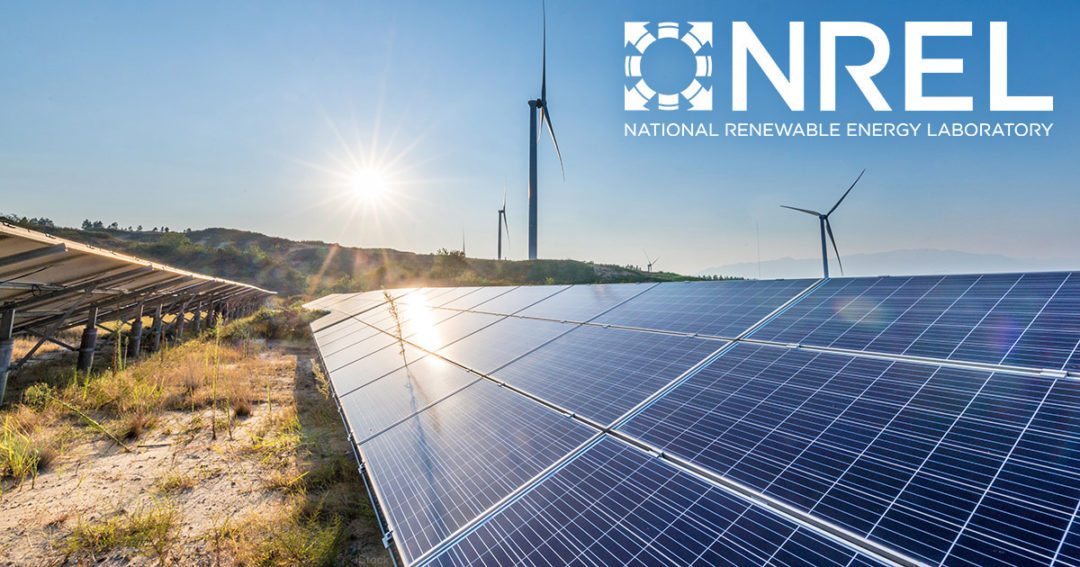
PODCAST: Providing funds for solar power
Loans allows homeowners to tap into alternative energy sources.
The foray into solar lending at UMassFive College Federal Credit Union began with a desire to create a new loan product and simple Google search on “solar energy.”
“If you want to grow at a pace that's a little better than average, you need to look for new opportunities,” says Rich Kump, CEO of the $500 million asset credit union in Hadley, Mass. “I had been keeping my eye on solar for about five years before we really got serious about it.”
UMassFive introduced a solar loan program four years ago, and Kump says demand for loans that provide homeowners with financing to purchase and install solar electric systems was high from the start. The credit union has originated nearly $60 million in solar loans.
“I didn’t think it was a highly demanded product until I opened my eyes and I realized how much solar was happening in the commonwealth,” Kump says. “I had been blind to it.”
Kump; Scott Pellegrini, associate vice president of consumer lending at $2.7 billion asset Provident Credit Union in Redwood City, Calif.; and Paul Schwabe, finance analysis team lead at the National Renewable Energy Laboratory (NREL), a U.S Department of Energy (DOE) laboratory that focuses on finding solutions to energy challenges; joined the CUNA News Podcast to discuss solar loan programs, the demand for these loans, what the future holds for solar lending programs, and more.
You can listen and subscribe to the CUNA News Podcast in Apple’s iTunes Store, Spotify, Google Play, and Stitcher Radio.
In this episode:
4:49: Coming up with a solar loan program at UMassFive College Federal Credit Union
6:50: Solar lending programs at Provident Credit Union
9:20: The demand for a solar loan product
23:41: The future of solar lending
27:26: How solar lending relates to electric vehicles
This podcast is sponsored by NREL. The views expressed in this article and the podcast do not necessarily represent the views of the DOE or the U.S. government.